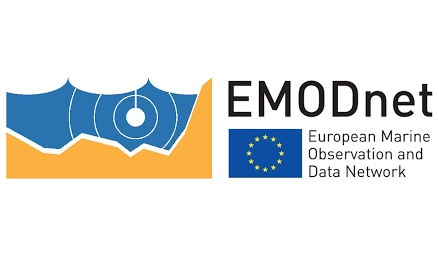biomass
Type of resources
Available actions
Topics
Keywords
Contact for the resource
Provided by
Years
Formats
Representation types
-

This dataset gathers total species richness, total abundance and total biomass of fishes recorded in six Mediterranean Marine Protected Areas in summer by underwater visual censuses performed on rocky areas at varying distances from the core of the MPA. Belt transects (25 x 5 m) were run parallel to the coast between 6 and 12 m depth, except in Tabarca Posidonia beds (50 x 5 m). Additionally, reduced fish species richness, abundance and biomass excluding zooplanktivorous fish species (Atherinidae, Clupeidae, Centracanthidae, Engraulidae, Pomacentridae, and the Sparidae Boops boops) were given as their fluctuating abundance and aggregative behavior may mask the effect of protection. Location of the 6 Mediterranean Marine Protected Areas
-

This dataset contains the pictures used for morphometric measurements, as well as the elemental compositon and production rates data, of planktonic Rhizaria. Specimens were collected in the bay of Villefranche-sur-Mer in May 2019 and during the P2107 cruise in the California Current in July-August 2021. Analyses of the data can be found at https://github.com/MnnLgt/Elemental_composition_Rhizaria.
-

This dataset gathers data used to infer the trophic structure and functioning of fish assemblages in the Eastern English Channel, the Bay of Biscay and the Gulf of Lions : - Biomass data, resulting from accoustic monitoring for pelagic species, or bottom trawling for demersal species, after extrapolation based on stratification scheme - Individual C and N isotopic ratios, length and mass, for all individuals considered - Individual energetic density values
-

The Pélagiques Gascogne (PELGAS, Doray et al., 2000) integrated survey aims at assessing the biomass of small pelagic fish and monitoring and studying the dynamics and diversity of the Bay of Biscay pelagic ecosystem in springtime. PELGAS has been conducted within the EU Common Fisheries Policy Data Collection Framework and Ifremer’s Fisheries Information System. Details on survey protocols and data processing methodologies can be found in Doray et al., (2014, 2018a). This dataset comprises the biomass (in metric tons) and abundance (in thousands of individuals) of small pelagic fish estimated during the PELGAS survey in the Bay of Biscay in springtime. The dataset also includes the estimation coefficient of variation, derived based on the hydroacoustic methodology described in Doray et al. (2010), and the survey area. Those estimates have been validated by the ICES WGACEGG group and provided to the ICES WGHANSA group for stock assessment purposes. Data have been used in Doray et al., 2018b.
-

EMODnet Biology provides three keys services and products to users. 1)The data download toolbox allows users to explore available datasets searching by source, geographical area, and/or time period. Datasets can be narrowed down using a taxonomic criteria, whether by species group (e.g. benthos, fish, algae, pigments) or by both scientific and common name. 2) The data catalogue is the easiest way to access nearly 1000 datasets available through EMODnet Biology. Datasets can be filtered by multiple parameters via the advanced search from taxon, to institute, to geographic region. Each of the resulting datasets then links to a detailed fact sheet containing a link to original data provider, recommended citation, policy and other relevant information. Data Products - EMODnet Biology combines different data from datasets with overlapping geographic scope and produces dynamic maps of selected species abundance. The first products are already available and they focus on species whose data records are most complete and span for a longer term.
-

The Pélagiques Gascogne (PELGAS, Doray et al., 2000) integrated survey aims at assessing the biomass of small pelagic fish and monitoring and studying the dynamics and diversity of the Bay of Biscay pelagic ecosystem in springtime. PELGAS has been conducted within the EU Common Fisheries Policy Data Collection Framework and Ifremer’s Fisheries Information System. Details on survey protocols and data processing methodologies can be found in Doray et al., (2014, 2017a). This dataset comprises the biomass (in metric tons) and abundance (in thousands of individuals) at length (in cm) of small pelagic fish estimated during the PELGAS survey in the Bay of Biscay in springtime. Total biomass and abundance per species on one hand, and frequencies-at-lenght per species and acoustic Elementary Distance Sampling Units (EDSUs) on the other hand, have been derived from fisheries acoustic and midwater trawl data based on the methodology described in Doray et al. (2010). Frequencies-at-lenght per species and EDSUs have been averaged over the survey area for each species and multiplied by the total biomass and abundance per species, to derive global biomass and abundance at length estimates. This dataset was used in Doray et al., 2017b.
 Catalogue PIGMA
Catalogue PIGMA